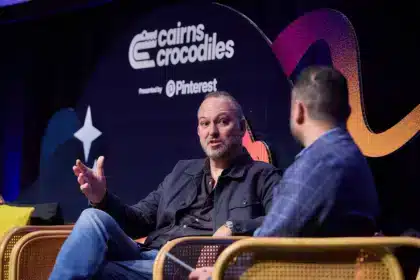Everything you’ve heard about plus-sized models in ads has been shot to shit with a new study that claims this practice is actually contributing to rising obesity rates.
The study from Simon Fraser University’s Beedie School of Business calls itself ‘The (Ironic) Dove Effect: Usage of Acceptance Cues For Larger Body Types Increases Unhealthy Behaviors’, and is ready to jump in the pool and start making waves.
The researchers conducted five experiments to see how subjects would react to cues suggesting that obesity was acceptable.
In each instance the subjects displayed a greater intended or actual consumption of unhealthy food and a reduced motivation to engage in a healthier lifestyle, driven by an increased belief that obesity was more socially acceptable.
With more advertising campaigns using fewer images of underweight or skinny models, instead opting for ‘non-traditional’ types of models that better reflect a realistic body type, the study believes it will be detrimental to society and our attitudes towards health.
“Although this study demonstrates that accepting larger bodies results is associated with negative consequences, research also shows that ‘fat-shaming’ – or stigmatizing such bodies – fails to improve motivation to lose weight,” co-author Brent McFerran said.
“It is possible that efforts by those who aim to increase acceptance as well as those who stigmatise larger bodies are both increasing the amount of thought consumers put into their appearance, heightening the body anxiety they may already feel.
“Ironically, this anxiety is exactly what many ‘love your body’ campaigns are designed to alleviate. Such anxiety is of course associated with both overeating as well as undereating.
“Since neither accepting nor stigmatizing larger bodies achieves the desired results, it would be beneficial for marketers and policy makers to instead find a middle ground – using images of people with a healthy weight, and more importantly, refraining from drawing attention to the body size issue entirely.
“More research needs to be done to calibrate what this “healthy” image should look like and how it should be framed to increase well-being, but we speculate that explicitly presenting it (or any body) as acceptable is likely to backfire.
“What is somewhat ironic is that in many marketers’ and policy makers’ efforts to “solve” both the body image and obesity issues, the best medicine may be to say less, rather than more to consumers.”








